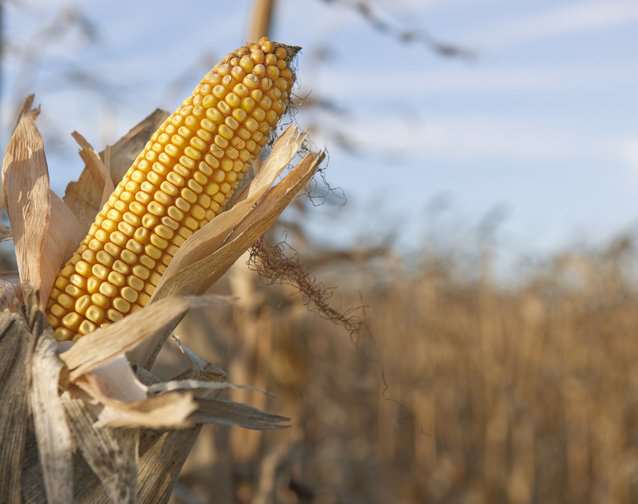By comparing yields across your fields and farms, you can shape your production decisions for the next growing season
By Patrick Lynch
Farms.com
At the end of each crop year, you need to review final yields. You need to compare each farm/field to the other fields planted with the same crop.
Then start at the lowest yielding field. Make a list of the things that lowered yield on that farm/field. Be specific: rain, weed control, insects, disease or unknown. The objective is to solve the problem and change the yield the next time that same crop is on that farm/field.

Dry corn in field
Photo: stacey_newman/iStock/Getty Images Plus photo
I once heard of a farmer in western Canada who bought three quarters every year and sold one. Generally, he sold the lowest-yielding quarter. Other reasons to sell included distance from the rest of the land in the operation.
You cannot be sentimental about land if you are farming for profit. If for some reason a farm is consistently lower yielding, get rid of it. The reason may be something as simple as this farm has different soil type than the rest of your land. Tillage and other seeding equipment that work on most of your land is just not suited to the low-yielding piece of land. It is more economical to get rid of that land than to set up tillage and planting for a different soil type.